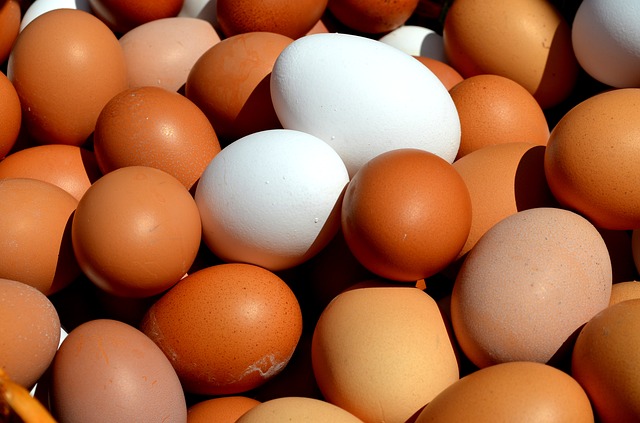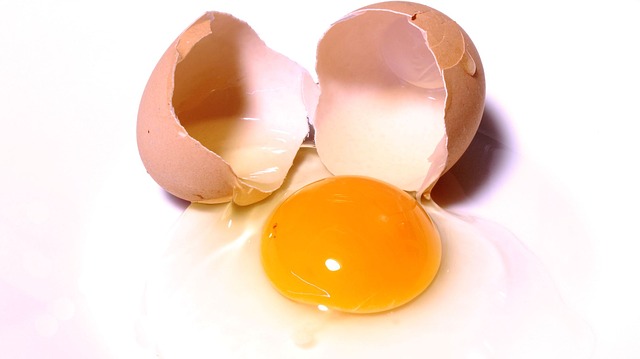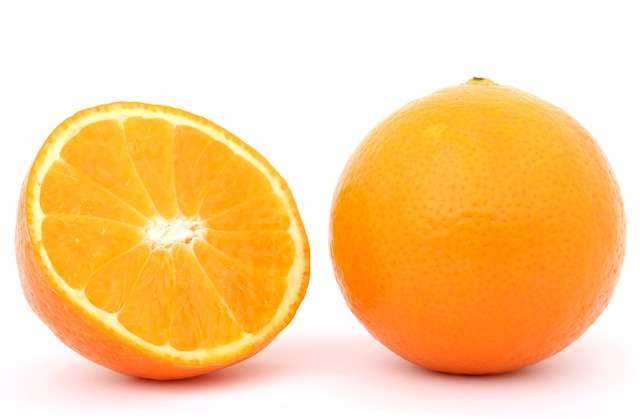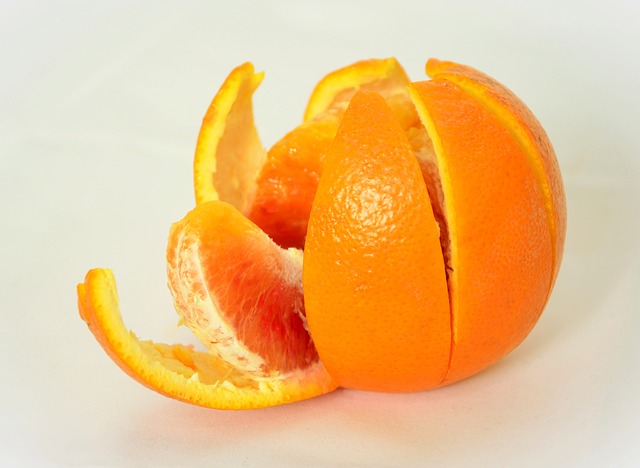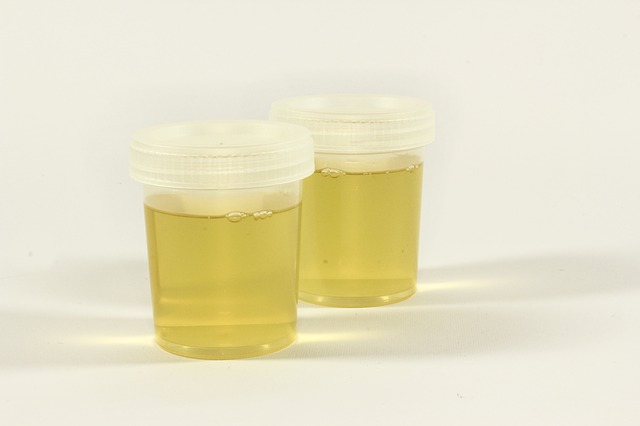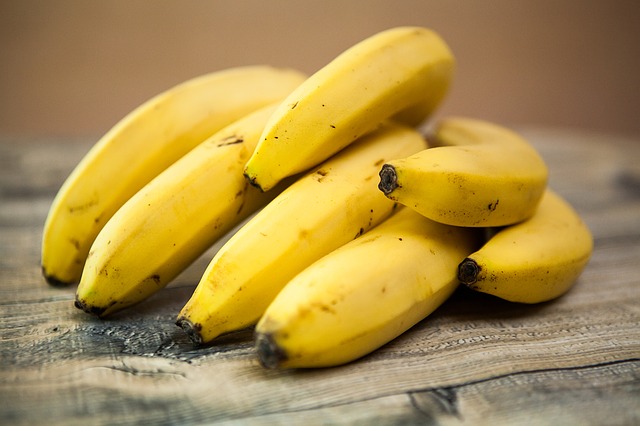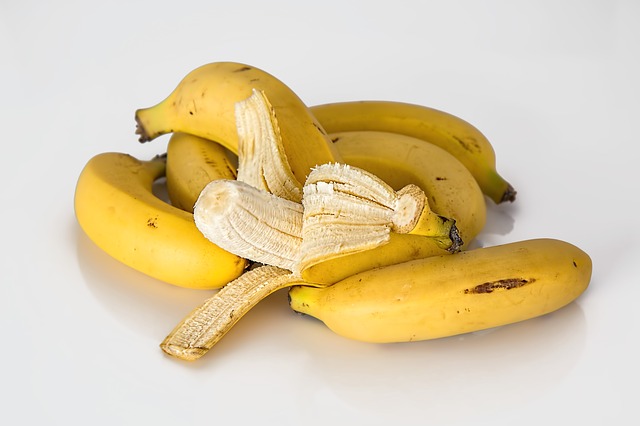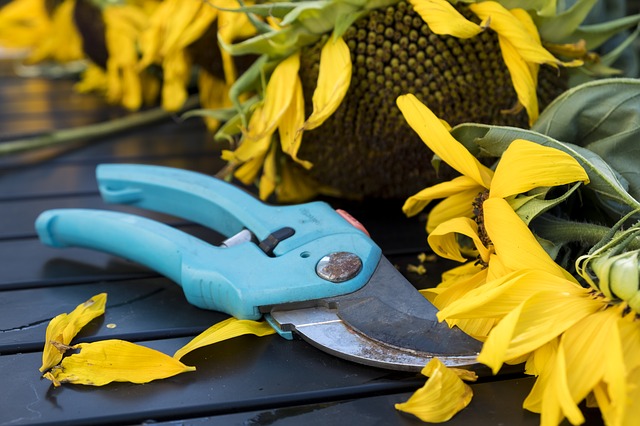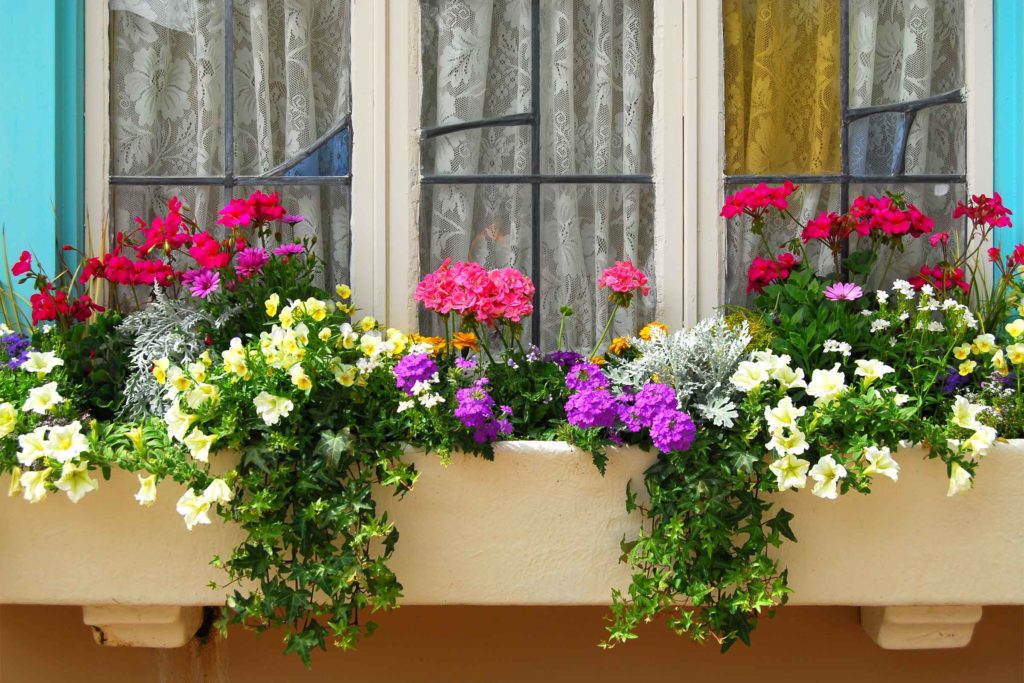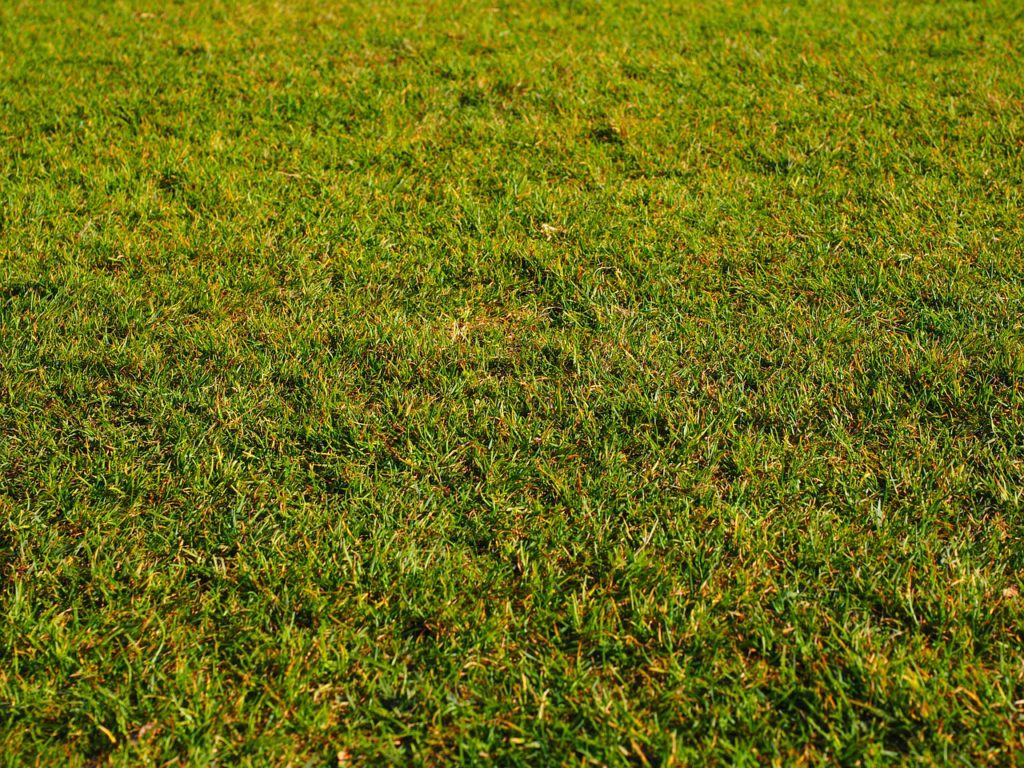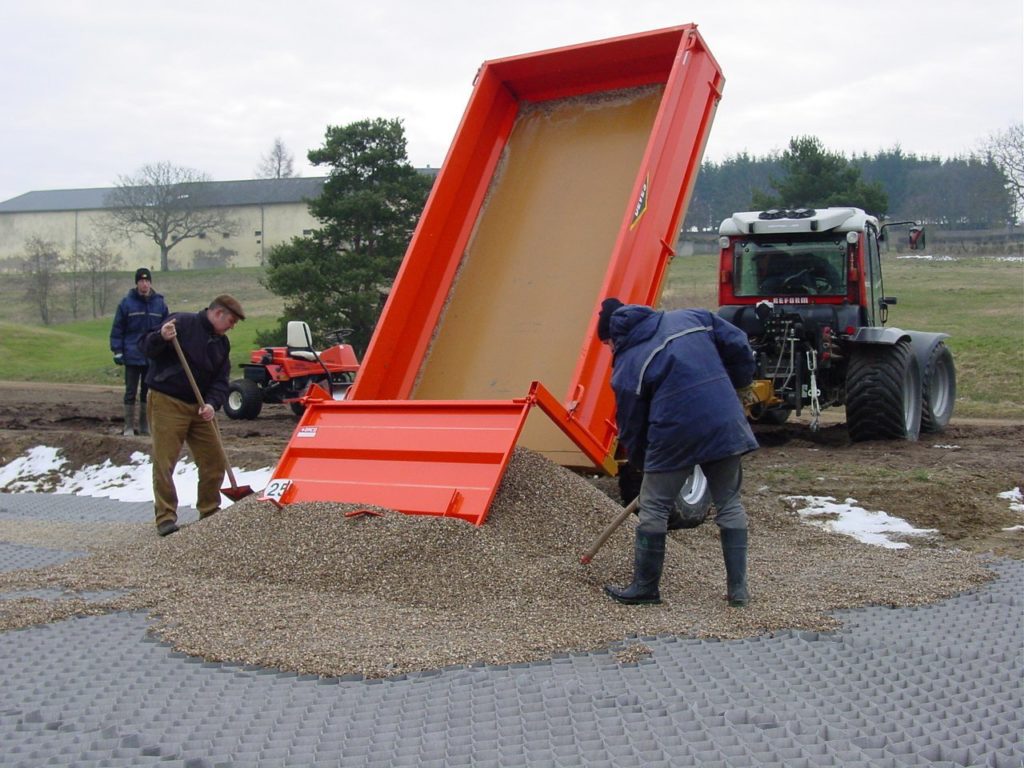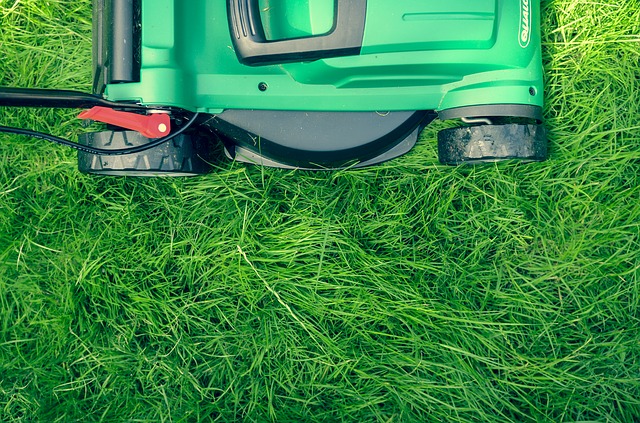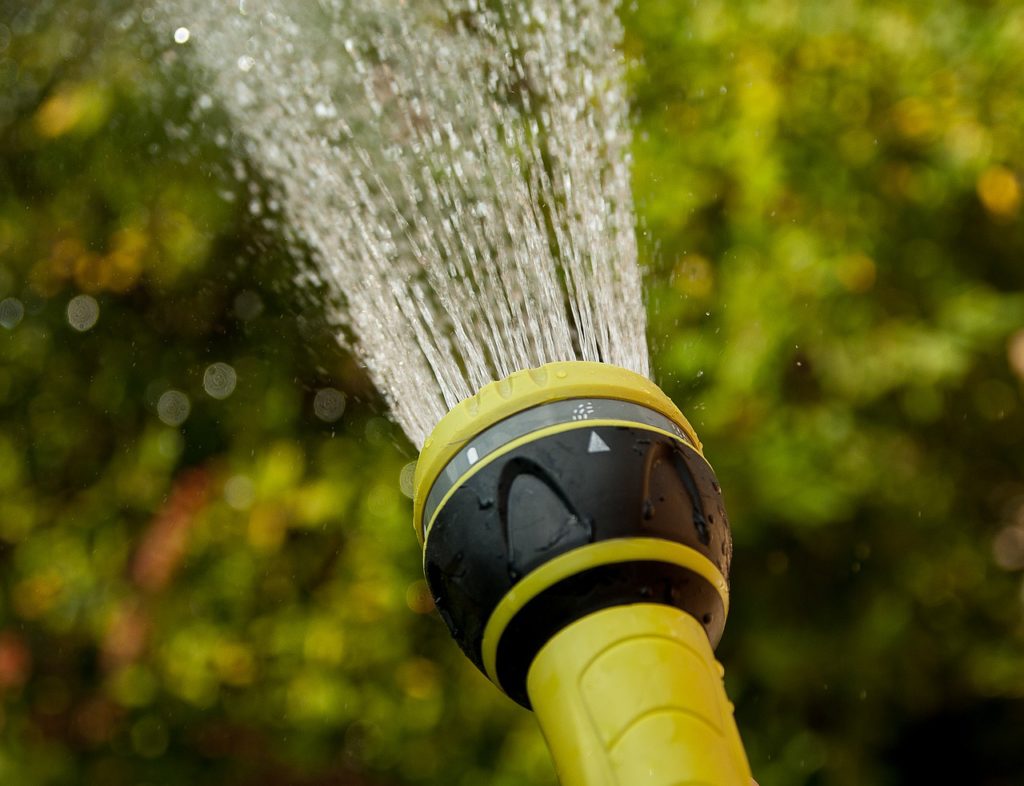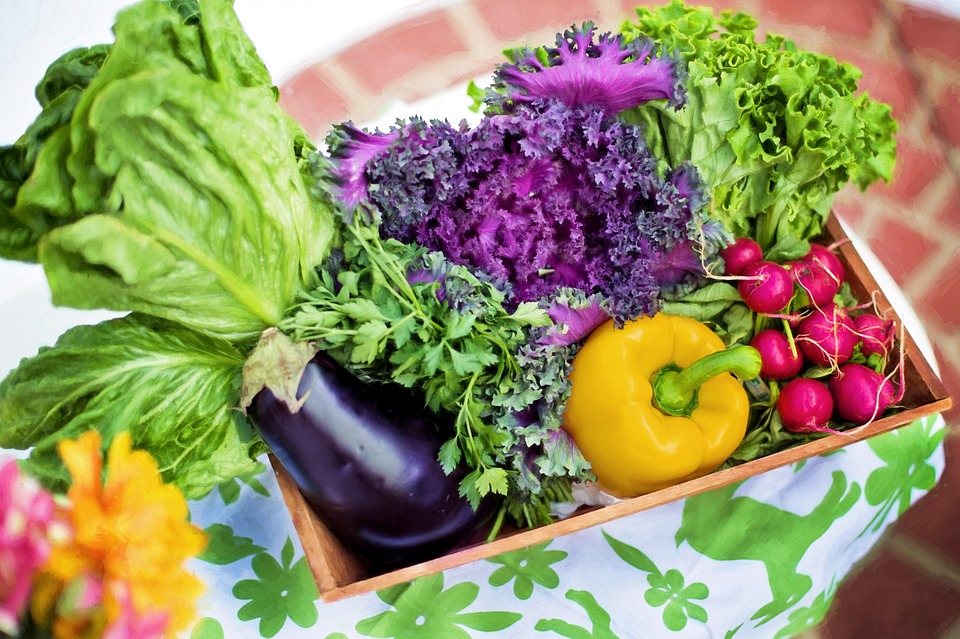
Unfortunately, not all soil has the nutrients that plants need to grow and thrive. In some cases, it may be lacking in one area or another and therefore need a boost. Here are the most common types of soil deficiency and the best ways to deal with each of them.
Nitrogen Deficiency
Nitrogen is important for chlorophyll production in plants which allows for green leafy growth. Plants in nitrogen-deficient soil will typically have leaves that are yellow or even red along with reduced growth.
Typically this deficiency is seen in soil that has low organic content. To add nitrogen to the soil you can use organic matter such as manure or compost. A high nitrogen fertilizer such as chicken manure pellets can also help.
Phosphorus Deficiency
Phosphorous is necessary for normal plant growth and maturity. It also plays a role in energy storage, cell division, and helps with photosynthesis among other processes. Symptoms of a phosphorus deficiency in soil are often poor plant growth and a lower than normal rate of fruit and flower production.
Leaves may also be smaller in size and have a purple or yellow discoloration. A phosphorous deficiency often occurs after heavy rains, or in soils that are more acidic or clay-based. Adding phosphorus to soil can be accomplished by applying bone meal or a super phosphate fertilizer.
Potassium Deficiency
Potassium regulates carbon dioxide uptake and encourages flower and fruit growth. Evidence of a potassium deficiency in soil are curled and scorched leaves. This deficiency can be a big problem for plants that require a lot of potassium such as tomatoes, beans, and fruits.
There is often low potassium in soil that is peaty or sandy. To boost the amount many gardeners use sulfate of potash or tomato feed. As a potassium supplement, you can also use banana peels in the garden as well. Although you may want to bury them so you don’t attract backyard pests.
Calcium Deficiency
Calcium is vital for keeping together a plant’s cell walls. A calcium deficiency in soil often produces plants that have distorted shoots and root tips. Plants such as tomatoes tend to have what’s known as blossom end rot, while apples often have dark spots under their skin.
Both under-watered and acidic soils can make it difficult for plants to take in calcium. Lime and gypsum are the most common choices for adding calcium to the soil.
Iron Deficiency
While plants only need a small amount of it, iron plays a big part in helping with photosynthesis, respiration, and producing healthy green leaves. Iron deficiency in soil will often cause yellowing between leaf veins and stunted growth.
More severe deficiencies may cause leaves to appear white in color. They often occur when plants that need a high soil pH are grown in alkaline soil. A granular or powdered chelated iron soil supplement can help to improve iron levels.
Magnesium Deficiency
Magnesium is a building block of chlorophyll and therefore very important to photosynthesis. A magnesium deficiency in soil will typically result in the yellowing of leaves which may also include brown spots. In more serious cases withering and dropping of leaves can occur.
It many times occurs in sandy soil particularly after periods of a lot of rain. Too much potassium in the soil can actually lead to the plant absorbing it instead of magnesium. And this can lead to a magnesium deficiency as well. Both Epsom salts and lime can work well for adding magnesium to the soil.
By keeping an eye out for any of the symptoms listed above you can quickly identify which type of soil deficiency is the culprit. And by following the recommended solution you should be able to improve the quality of your soil and garden as soon as possible.
Start Shopping for Fertilizers!
4 Steps to Get Your Garden Ready for Spring
After being cooped up all winter, you may be dreaming about harvesting from a lush summer garden. But before you get there, there’s a lot of work to be done to get the garden ready. Spring garden prep can be intimidating, especially if your garden beds have been left...
What Not To Compost
Composting has many excellent benefits. It allows you to recycle organic material which can then be used to help to enhance your soil. And of course, it’s an environmentally friendly way to reduce trash. But before you get started you’ll need to know what not to...
How To Build A Vegetable Garden That Is Both Tasty And Attractive
A healthy vegetable garden can provide you with hours of stress-busting, mental health-boosting fun and give you and your family healthy, organic produce to eat for months. If you have even a few square feet of yard space, planting a vegetable garden is easy and...
Using Eggs Shells In The Compost
There are many food scraps that people use in their compost. However, there is one that is often overlooked. Using egg shells in compost is not just a great way to help reduce waste but also boosts the nutrient content of the soil you are creating for your plants....
Using Egg Shells In The Garden
Once you learn how you can use egg shells in the garden you won’t just think about eggs solely as food. Their shells are a free way to add to the health of your soil and plants, but they also have quite a few other helpful benefits as well. Here are the best ways to...
Using Orange Peels In The Garden
Oranges are a healthy snack and ingredient but you’re most likely wasting one of the most beneficial parts, the peel. While we can’t eat them, using orange peels in the garden has many surprising advantages. Here are the top ways you can put your peels to work....
Can You Compost Orange Peels?
If you’ve ever wondered, "can you compost orange peels?" the answer is yes. Although there are a few things you should know when doing so. So here’s your fast guide! Composting Basics When composting, you’ll need to include a mix of both carbon and nitrogen-rich...
Using Urine As Fertilizer
While urine is waste, it also contains nutrients that our bodies can’t use. But your garden can! Using urine as fertilizer is free and as organic as it gets! Here’s what you’ll need to know when thinking about using it. There have actually been multiple studies that...
The Urine-Compost Connection
Composting is all about re-using organic materials. And like the majority of us, you probably have been flushing away one of the most natural ways of all to condition your compost. By adding urine compost can be given a huge boost and that is passed on to whatever...
Using Banana Peels In Compost
Can you put banana peels in compost? You bet you can! While bananas offer us some extremely important nutritional benefits that help us to stay healthy, their peels can be used to add to the health of your compost pile as well. Bananas are one of the most popular...
Using Banana Peels In The Garden
Bananas are both delicious and healthy. And you may have wondered after finishing your morning shake or afternoon snack whether those peels you’ve been throwing away for years could be used for other things. What can you do with banana peels? It turns out quite a lot,...
Common Gardening Injuries And How to Avoid Them
While gardening isn’t necessarily the most dangerous pastime one can think of, injuries do occur. Recent data suggests that in the US alone, over 300,000 gardening injuries occur annually. So whether you are a seasoned gardener or are just beginning, it’s important to...
Just Moved? How To Safely Transport Your Plants Into Your New Garden
It can take years of planting and care to create a magnificent garden. That’s why the prospect of relocating or moving houses can induce anxiety in gardeners. Whether you plant ornamentals, or if you grow your own vegetables, having to start over can be a daunting...
Filling Those Window Boxes: Flower Species That Thrive With Container Gardening
Those traditional window boxes overflowing with flowers may remind you of summer cottages or childhood dreams. This particular feature is one that you want at your home all year-round. Container gardening for window boxes takes a certain flair for picking out the...
Why You’ll Want To Revamp Your Garden with Artificial Grass
Installing an artificial lawn is an easy and attractive way to improve and revamp your garden. This is because an artificial lawn is like a real lawn, only much better! Artificial grass has been developed to such a high-quality standard that it looks and feels as...
The Best Grass Types For Creating A Drought Tolerant Lawn
Many of us live in dry and arid places. There are many locations around the world that unfortunately for your lawn don’t get much rain throughout the year. For people who live in these places, a green, healthy-looking lawn can seem impossible to have and maintain....
Garden Drainage: How to Avoid a Waterlogged Garden & Patio
Many locations around the world get a lot of rain. With an average of 33 inches of rain per year, this is especially true in the U.K. where it is rare for a day to pass that it is not raining somewhere. Regardless of where you live this can lead to problems with...
Easy Lawn Care? Experts Say It’s Possible With These Tips!
There's no way around it: If you want a lush lawn, you have to work for it. That entails putting in a lot of time, effort, and yes, money. And even if you are hiring experts in lawn care, you will still need to shoulder some of the responsibilities involved. That does...
Water-Wise Landscaping: Avoid Cultivating These Types Of Plants
Water is one of the primary needs of all plants. They need to receive the right amount of hydration to grow and thrive properly. You can ensure your plants get the hydration they need by watering them regularly using a garden hose or watering can, or by having a...
Starting A Vegetable Garden: Motivational Tips For Beginners
Back in the day, our ancestors did not have to go very far to buy vegetables, they just had to step out in their garden and pick up free, fresh veggies. Unfortunately, over generations, most of us have lost touch with our natural gardening instincts due to the busy...



